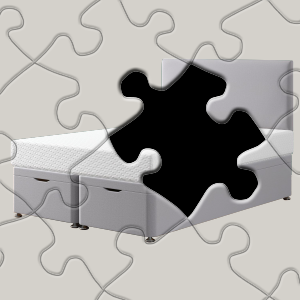BEDROOM FURNITURE
BEDS
BED BRANDS
- Adjust A Bed
- Breasley
- Dunlopillo
- Harrison Spinks
- Inner Wisdom
- Kaymed
- Millbrook
- Natural Wisdom
- Relyon
- Sealy
BED RANGES
x

| BRANCHES |
|---|
| Crayford: 01322 525090 |
| Petts Wood: 01689 830964 |
| Sidcup: 020 8309 6016 |
| Sevenoaks: 01732 742000 |
| Reigate: 01737 948345 |
| OPENING HOURS |
|---|
Please see branch
for opening times
for opening times
| GET SOCIAL |
|---|
| INFORMATION |
|---|
| About Us |
| Contact Us |
| Delivery |
| Find Us |
| News |
| Privacy Policy |
| Refund Policy |
| Terms & Conditions |
| HEAD OFFICE |
|---|
| The Bed Post |
| 2 Tower Retail Park |
| Tower Park Road |
| Crayford |
| DA1 4LB |
| TEL 01322 525090 |
| VAT No: 586 407 511 |
Please be aware that images are for illustration only. For example, suppliers only take images in one cover and the range might not be pictured in a middle price grade.
Abacus Solutions 2025
Abacus Solutions 2025























